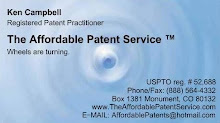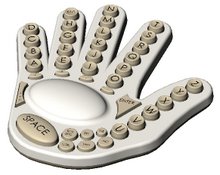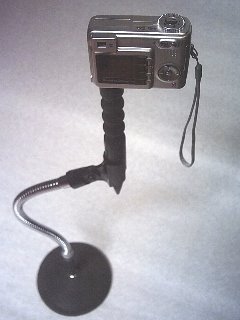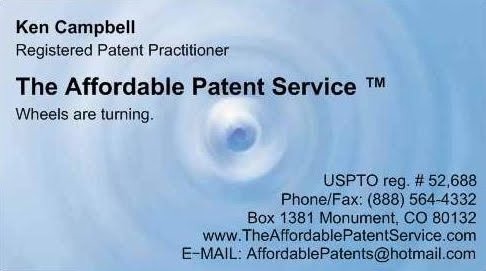 The APS introduces a new, customized legal instrument called the Provisional Disclosure. This form can be used to permanently announce possession of intellectual property, as of the date that it is signed by a qualified witness. The Provisional Disclosure system allows you to establish ownership and originality of an idea, at several key stages of development.
The APS introduces a new, customized legal instrument called the Provisional Disclosure. This form can be used to permanently announce possession of intellectual property, as of the date that it is signed by a qualified witness. The Provisional Disclosure system allows you to establish ownership and originality of an idea, at several key stages of development.It is free to use, as many times as you wish. Simply click on the image of the APS Provisional Disclosure form, and print it out. Then, fill in the information at the top of the form, and follow the Directions carefully.
When it is received, it will be kept on file with APS for two full years, at no charge. You may use a number of these forms over time, to track your development through several stages, and establish diligence in your progress towards a reduction-to-practice. (Contact APS to learn more about these stages, and the importance of reaching the point of reduction-to-practice in a timely manner.) Once you’ve reached that point, the Provisional Disclosure can be used as an effective claim to intellectual property rights. It will be necessary to file for a patent, to have those rights legally granted by United States. However, having your achievement reviewed and witnessed by a registered practitioner will greatly corroborate your date of invention, especially when that date is much earlier than your patent filing date.
You have the option to have your Provisional Disclosure preserved indefinitely, for a one-time fee of $40. (Add $10 for check or money order, made payable to the Affordable Patent Service). This service includes a professional mark of authenticity, which affirms true understanding of the invention itself, by an authorized agent.
Here's a summary of the Directions on the form:
1. Use the box below to describe...
In the space provided, accurately describe what your invention is, and what it does. If there isn’t enough room to fully describe your invention, then attach as many sheets as you need, or other media, to the form. Checkmark the appropriate items to the right, and make a list of the attachments inside the box (example “See attachments: two sheets of drawings, and 1 sheet of specification”).
2. Petition Qualified Person...
For each form, it is best to allow the Affordable Patent Service to determine what stage you have reached with your invention. If you do, then leave the “STAGES OF DEVELOPMENT” section blank. Otherwise, find a qualified person of your choice to attest to your current stage of development. (Make sure the contact info is readable.) Please refer to the chart at the bottom of the form to see the qualifications necessary for each stage.
3. Check Publishing Options...
If you would like the form posted on the web, or printed in a publication, then checkmark one or both of these items. You would be contacted for confirmation, before anything was made public. (For more details on this, contact the Affordable Patent Service.)
4. Mail a true copy of this form...
Sending the original of your form is preferred, however, sending a true copy (digital scan, photocopy, etc.) is acceptable. The form that you send will be returned to you, after your materials have been received.
5. Enclose the appropriate fee.
This fee is only necessary for a permanent record, a mark of authentication, or a request to have the form published.
If the Provisional Disclosure is used to verify a reduction-to-practice (or a constructive RTP), it can be much more powerful than a patent alone. Since the form will stand up in a court of law, as a legal document, it effectively grants reliable proof in the disclosure, transfer, and perpetuation of sustainable information. It is therefore considered an instrument (and method) of purveyance.







